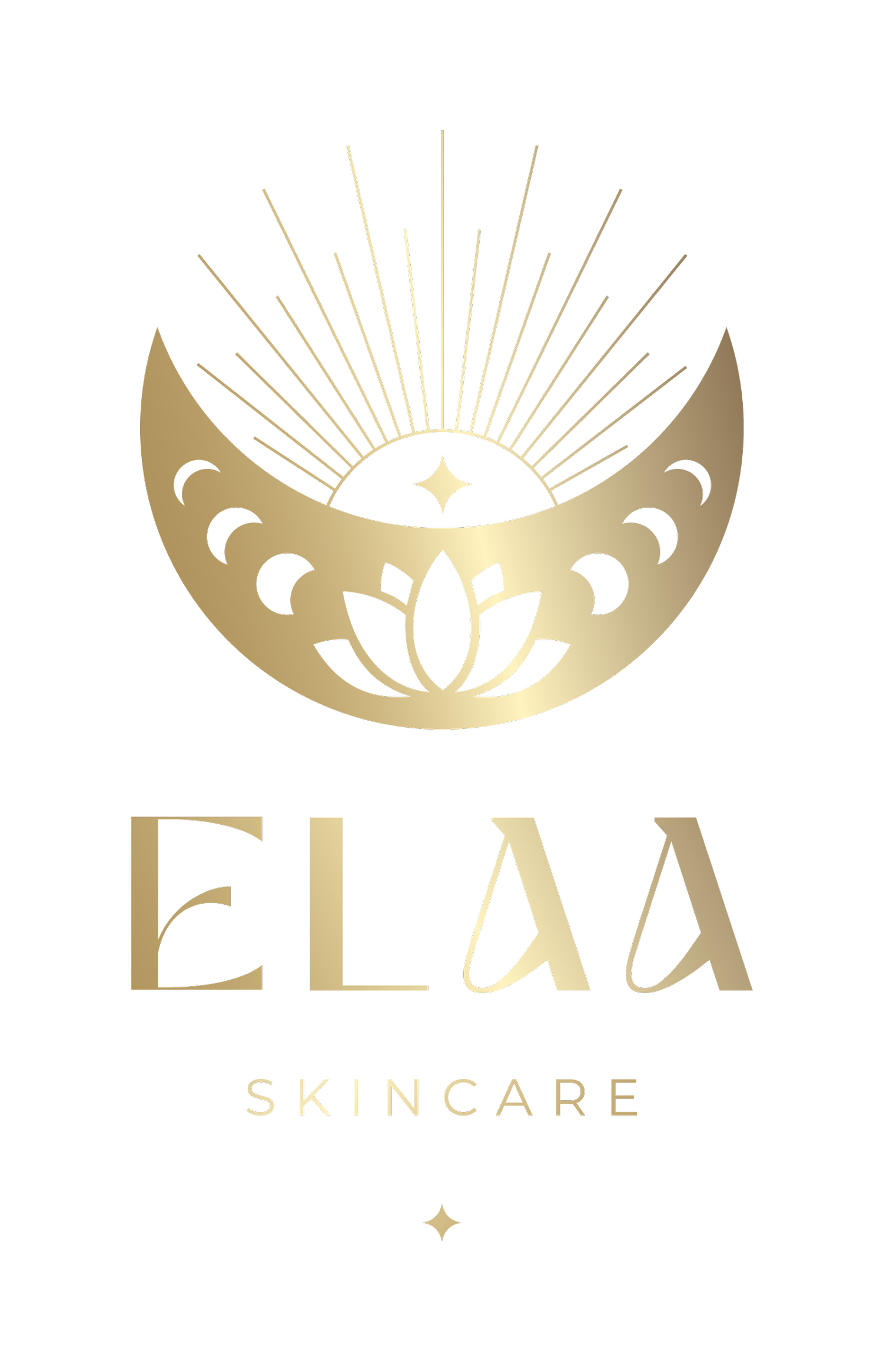Vielight
Brain Photobiomodulation
Home-use brain stimulation devices with intranasal technology
Portable general wellness devices for systemic health and fitness
Vielight patented systemic technology helps boost immunity, reduce inflammation and help recovery.
What is photobiomodulation?
Through a process called photobiomodulation (PBM), mitochondrial health can be improved by absorbing light energy within the red to NIR wavelength range.
Mitochondria play the role of cellular “batteries”, providing energy to carry out biochemical reactions and other cellular processes.
Published scientific research in the field of PBM spans over a decade and has thousands of published studies.
Brain Photobiomodulation Benefits
Research indicates that brain photobiomodulation heals damaged brain cells, improves cerebral blood circulation, reduces inflammation and toxicity, and regenerates damaged brain cells.
The NIR spectrum of light energy provides the deepest penetration into brain tissues that also result in cellular benefits.
We chose the NIR wavelength of 810 nm based on the NIR window. The 810nm wavelength has produced the most published clinical results in the field of brain photobiomodulation.
Photobiomodulation: The Science
At its core, photobiomodulation leverages specific wavelengths of red or near-infrared light of a sufficiently high power density (>75 mW/cm2) to promote healing and offer other benefits. Red light sits on the longer end of the visible light spectrum, between 630 and 700 nanometers, while near-infrared light lies in the invisible spectrum, with wavelengths ranging from 800 to 2,500 nanometers. The treatment is believed to work through mitochondria, the powerhouse of cells, by triggering repair mechanisms and increasing blood flow to damaged areas, such as the brain.
One of the world’s leading researchers in the field, Dr. Margaret Naeser, a research professor of neurology at Boston University School of Medicine and researcher at the Boston VA Medical Center, provided background for the article, using Vielight neurotechnology in her study for TBI and CTE, citing how Photobiomodulation is believed to work through cell components known as mitochondria— our body’s battery packs that give us energy.” Dr. Naeser further explained that “red or near-infrared light at specific wavelengths can increase blood flow to the brain and help repair damaged cells.”
Early Origins in NASA Research
This technology isn’t new but has evolved over decades. Originally applied for stimulating hair growth in the early 1960s, NASA took interest in the 1980s to counter muscle atrophy in astronauts. Recent studies have broadened its application to include benefits like collagen growth, inflammation reduction, and even improved cognitive function.
Could ‘Photoceuticals’ be the Future?
Praveen Arany, an associate professor of oral biology at the University at Buffalo, cautions the rapid adoption of photobiomodulation for every conceivable application. He predicts that future advancements will likely see doctors prescribing “photoceuticals” in specific personalized doses, or light wavelengths, for particular periods to maximize the benefits.
As photobiomodulation techniques gain traction among elite athletes and medical researchers, the real promise lies in its potential application to the general population for improved health and longevity. Using the power of light, we are tapping into the body’s natural abilities to heal itself and tap into the next frontier in optimizing human health and performance.

